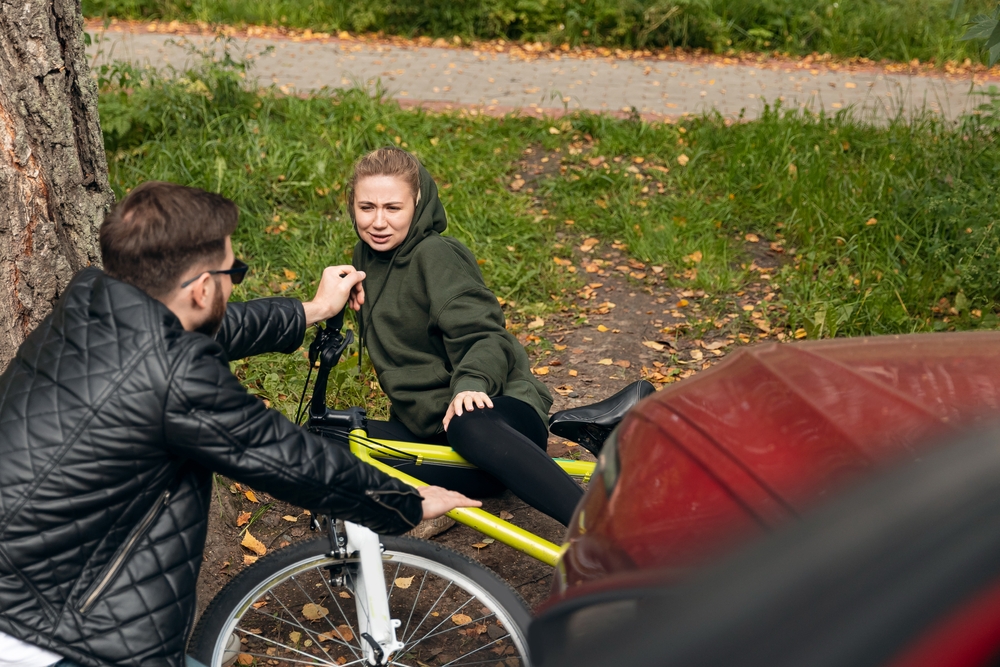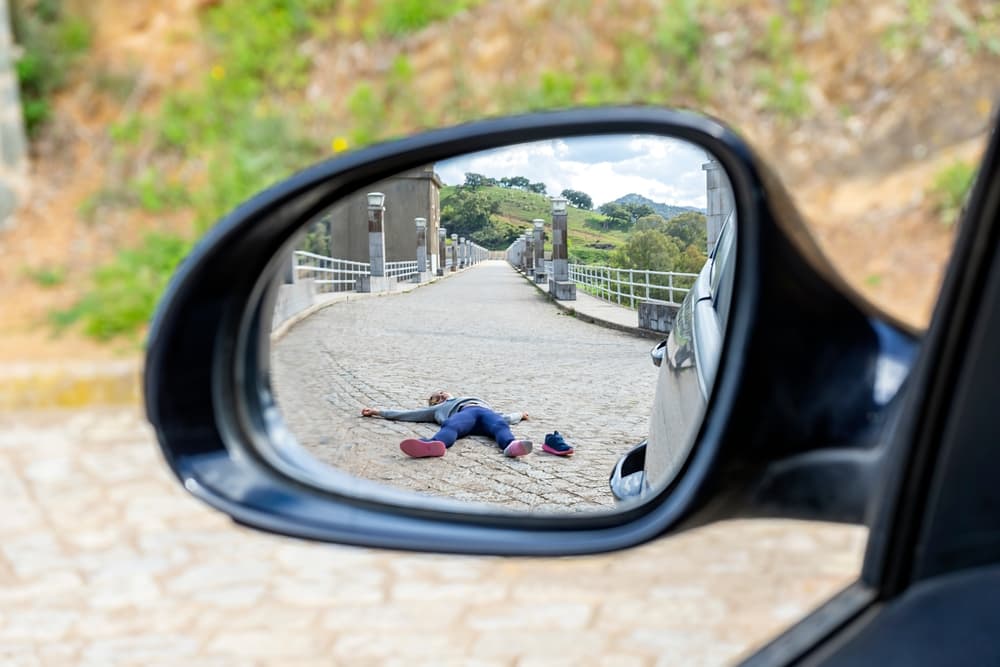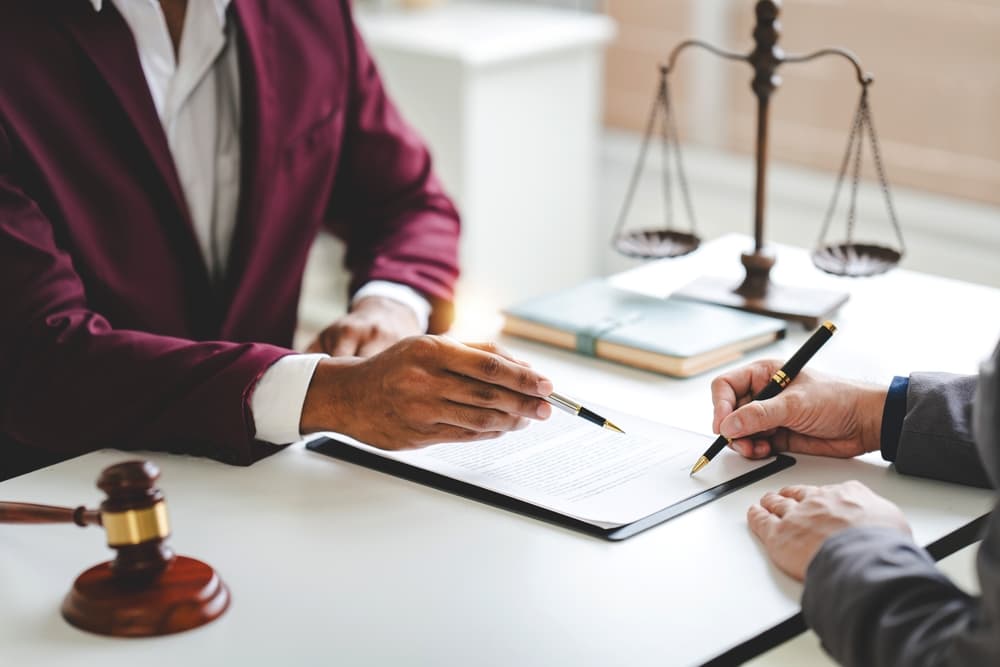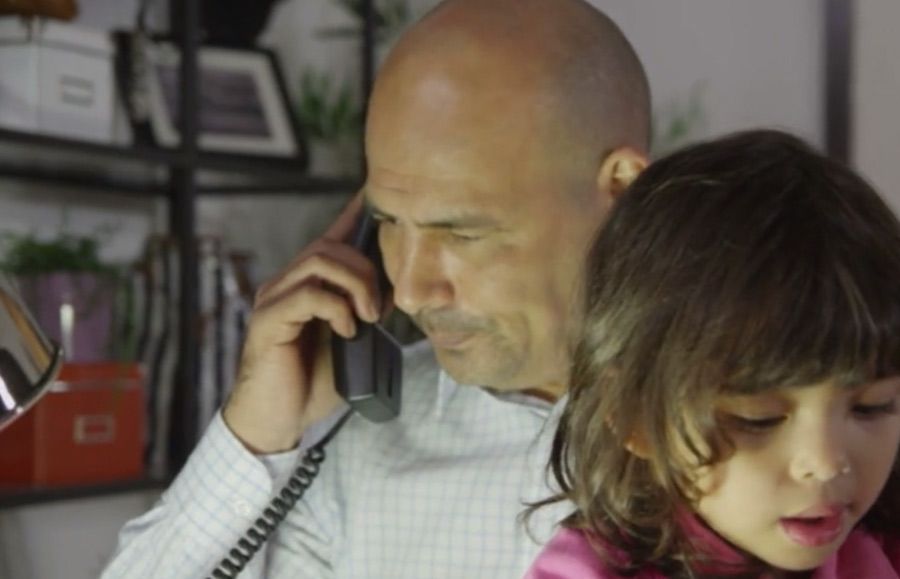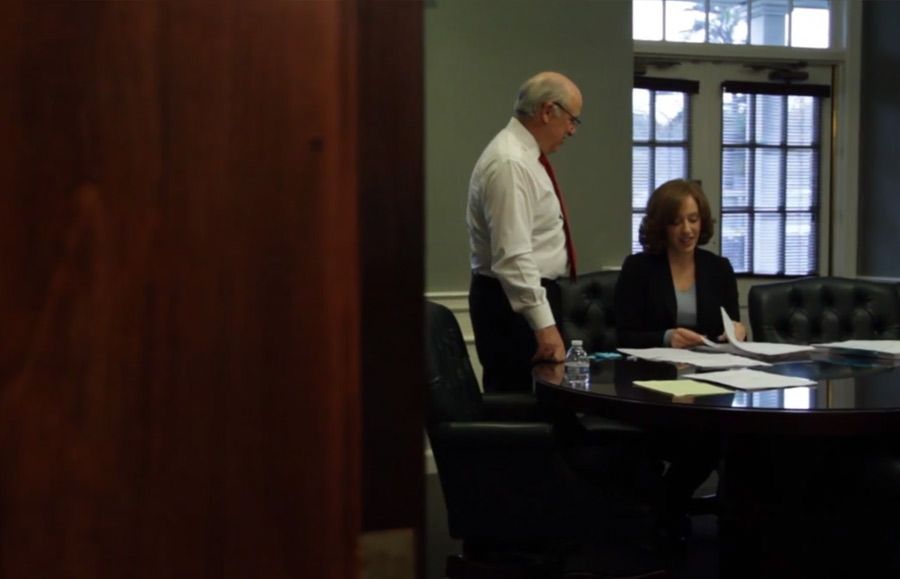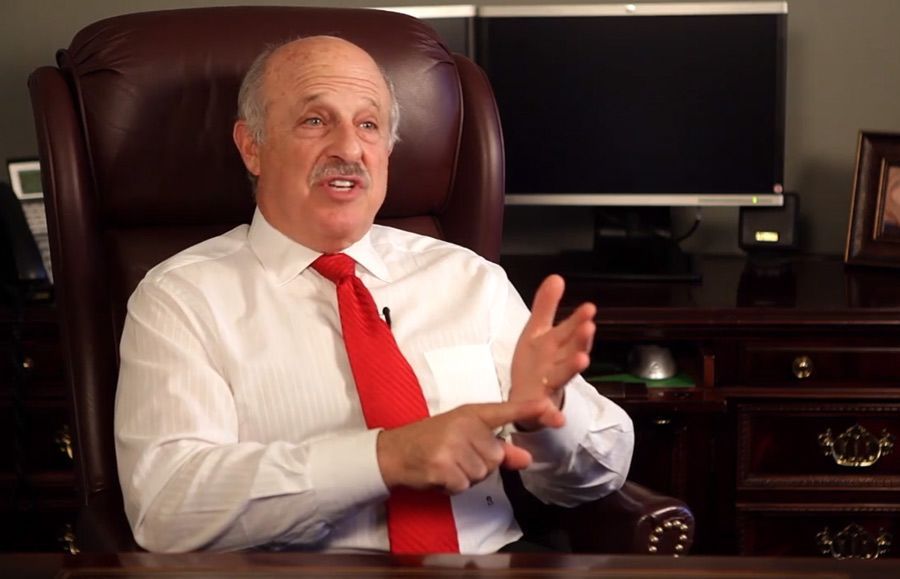In today’s fast-paced world, pedestrian safety is a growing concern. As personal injury attorneys at Rosenberg & Gluck LLP, we’ve seen firsthand the devastating impact of pedestrian accidents on victims and their families.
In this blog, we’ll discuss the various factors contributing to pedestrian accidents and provide valuable information on what to do if you or a loved one becomes involved in such an incident.
The Scope of the Problem
Before discussing the specific causes, it’s important to understand the magnitude of pedestrian accidents in the United States.
According to the National Highway Traffic Safety Administration (NHTSA), in a recent year, 6,205 pedestrians were killed in traffic crashes, averaging to one death every 85 minutes. Additionally, traffic crashes injured an estimated 76,000 pedestrians.
These statistics underscore the need for awareness and action to address the root causes of pedestrian accidents. Let’s examine some of the most common factors contributing to these incidents.
1. Distracted Driving
One of the leading causes of pedestrian accidents is distracted driving. With the increase of smartphones and in-vehicle technology, drivers are taking their attention off the road more and more. Common distractions include:
- Texting or using social media while driving
- Making phone calls (even hands-free)
- Adjusting GPS or infotainment systems
- Eating or drinking
- Grooming
- Interacting with passengers
Distracted drivers are less likely to notice pedestrians crossing the street or walking along the roadside. Even a momentary lapse in attention can have catastrophic consequences.
2. Speeding
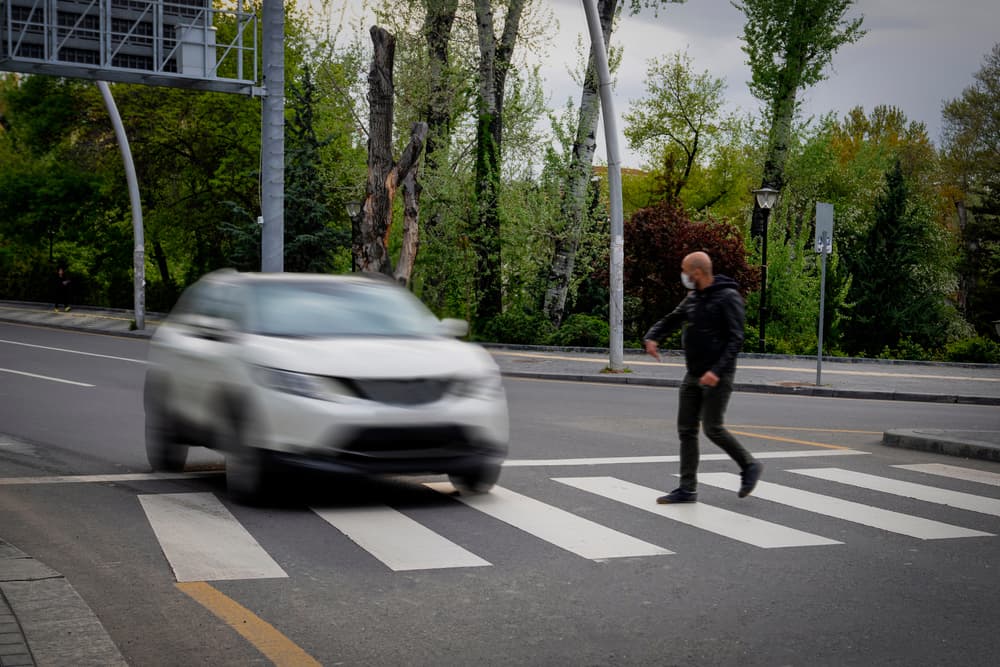
Excessive speed is another major factor in pedestrian accidents. When drivers exceed the posted speed limit or drive too fast for conditions, they reduce their ability to react to unexpected situations, such as a pedestrian entering the roadway. Speeding also increases the severity of injuries in the event of a collision.
In urban areas, where pedestrian traffic is heavier, the risks associated with speeding are particularly high. A pedestrian struck by a vehicle traveling at 20 miles per hour has about a 10% chance of being killed. At 40 miles per hour, the fatality rate jumps to about 80%.
3. Failure to Yield Right-of-Way
Many pedestrian accidents occur when drivers fail to yield the right-of-way to pedestrians at crosswalks or intersections. This can happen due to:
- Drivers who don’t obey pedestrian right-of-way laws
- Impatience or rushing to beat a red light
- Poor visibility at intersections
- Rolling stops at stop signs
Pedestrians have the right-of-way in marked crosswalks and at intersections, whether marked or unmarked. Drivers must yield to pedestrians in these situations, but failure to do so remains a common cause of accidents.
Impaired Driving
Driving under the influence of alcohol or drugs significantly impairs a driver’s ability to operate a vehicle safely. This impairment poses a severe threat to pedestrian safety.
Impaired drivers may experience:
- Slowed reaction times: Alcohol and drugs can significantly delay a driver’s ability to process information and respond to sudden changes in the environment. For example, if a pedestrian steps into a crosswalk, an impaired driver may take much longer to notice and apply the brakes, increasing the risk of a collision.
- Impaired judgment: Substances can affect a driver’s decision-making abilities, leading to poor choices on the road. An impaired driver might misjudge the speed of oncoming traffic when turning at an intersection, putting crossing pedestrians at risk. They may also underestimate the dangers of speeding or running red lights, behaviors that are particularly hazardous to pedestrians.
- Reduced coordination: Impairment can affect a driver’s motor skills, making it difficult to perform the complex physical tasks required for safe driving. This could result in erratic steering, inconsistent speed control, or delayed braking – all of which increase the likelihood of losing control of the vehicle and potentially striking a pedestrian.
- Blurred or double vision: Many substances can affect a person’s eyesight, causing blurred or double vision. This visual impairment can make it extremely difficult for drivers to accurately perceive their surroundings, including pedestrians on or near the roadway. A driver might fail to see a pedestrian crossing the street or misjudge the distance to a crosswalk.
- Drowsiness: Certain substances, including alcohol and many drugs, can cause drowsiness or even lead to a driver falling asleep at the wheel. A drowsy or sleeping driver may drift out of their lane onto sidewalks or into crosswalks, putting pedestrians at severe risk.
- Reduced ability to multitask: Safe driving requires juggling multiple tasks simultaneously – steering, monitoring speed, watching for traffic signals, and being aware of other road users, including pedestrians. Impairment can significantly reduce a person’s ability to multitask effectively, meaning they might focus on one aspect of driving while completely missing a pedestrian entering the roadway.
- Increased risk-taking behavior: Some substances can lower inhibitions and increase risk-taking behavior. This might lead to aggressive driving, speeding, or ignoring traffic signals – all behaviors that dramatically increase the risk to pedestrians.
These effects make it much more difficult for drivers to notice and react to pedestrians, especially in low-light conditions or areas with heavy foot traffic.
5. Poor Visibility
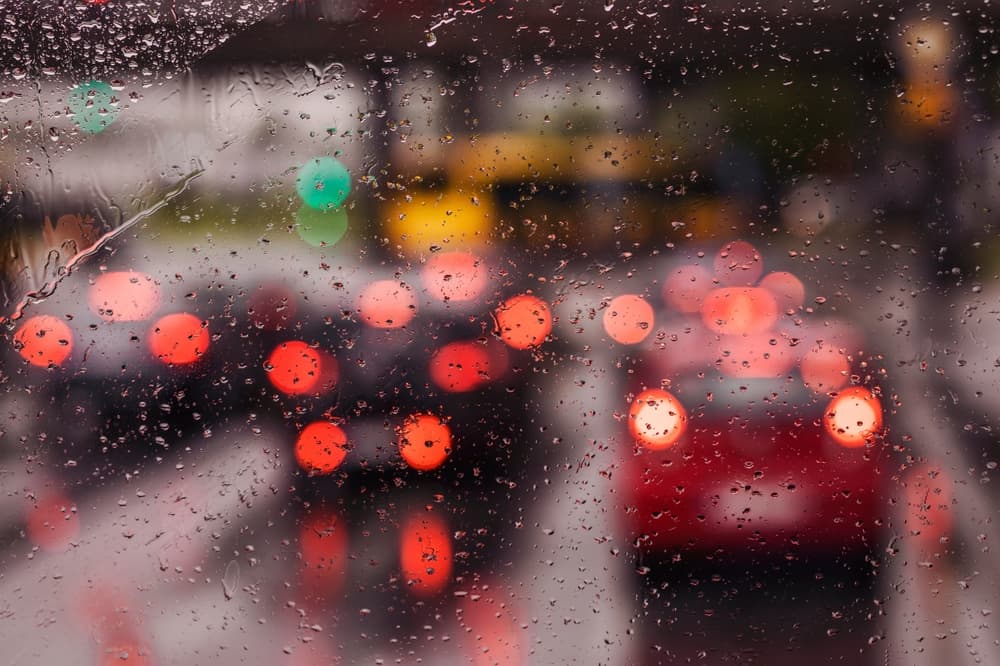
Limited visibility is a significant factor in many pedestrian accidents, particularly at night or in adverse weather.
Factors contributing to poor visibility include:
- Inadequate street lighting: Poorly lit streets and intersections can make it difficult for drivers to spot pedestrians, even when they’re using designated crosswalks.
- Inclement weather: Conditions such as rain, fog, or snow can significantly reduce visibility for drivers, making it harder to see pedestrians in time to react safely.
- Glare from oncoming headlights: Bright headlights from oncoming traffic can temporarily impair a driver’s vision, potentially obscuring pedestrians.
- Obstructions: Parked cars, overgrown vegetation, or construction barriers can create blind spots where pedestrians may be hidden from a driver’s view until the last moment.
- Vehicle blind spots: Certain vehicle designs, especially larger vehicles like SUVs and trucks, can have significant blind spots that make it challenging to see pedestrians, particularly in areas like crosswalks or when making turns.
- Twilight hours: The transition periods between day and night can be particularly dangerous, as the changing light conditions can make it difficult for drivers to adjust and spot pedestrians.
6. Left-Turn Accidents
A surprising number of pedestrian accidents occur when vehicles turn left at intersections. This is because:
- Drivers are focused on oncoming traffic and may not see pedestrians crossing the street they’re turning onto
- The A-pillar of the vehicle (the support between the windshield and side window) can create a blind spot that obscures pedestrians
- Drivers may misjudge the speed of approaching pedestrians
Left-turn accidents often catch pedestrians off guard, as they may assume the driver has seen them when entering the crosswalk.
7. Backing-Up Accidents
Pedestrian accidents frequently occur in parking lots, driveways, and other areas where vehicles are backing up.
These accidents are often due to:
- Limited visibility when reversing
- Pedestrians walking behind parked vehicles
- Drivers not checking their surroundings thoroughly before backing up
- Children playing in driveways or near parked cars
While many newer vehicles are equipped with backup cameras, these accidents continue to occur, highlighting the importance of driver vigilance and pedestrian awareness in these areas.
8. Infrastructure Issues
The design and maintenance of roads and pedestrian facilities can contribute to accident risk. Some infrastructure-related factors include:
- Lack of sidewalks or inadequate sidewalk maintenance
- Poorly designed or marked crosswalks
- Insufficient pedestrian crossing signals
- Lack of pedestrian islands or refuge areas on wide streets
- Inadequate separation between vehicular and pedestrian traffic
Communities that prioritize pedestrian safety in their infrastructure design and maintenance can significantly reduce the risk of accidents.
9. Aggressive Driving
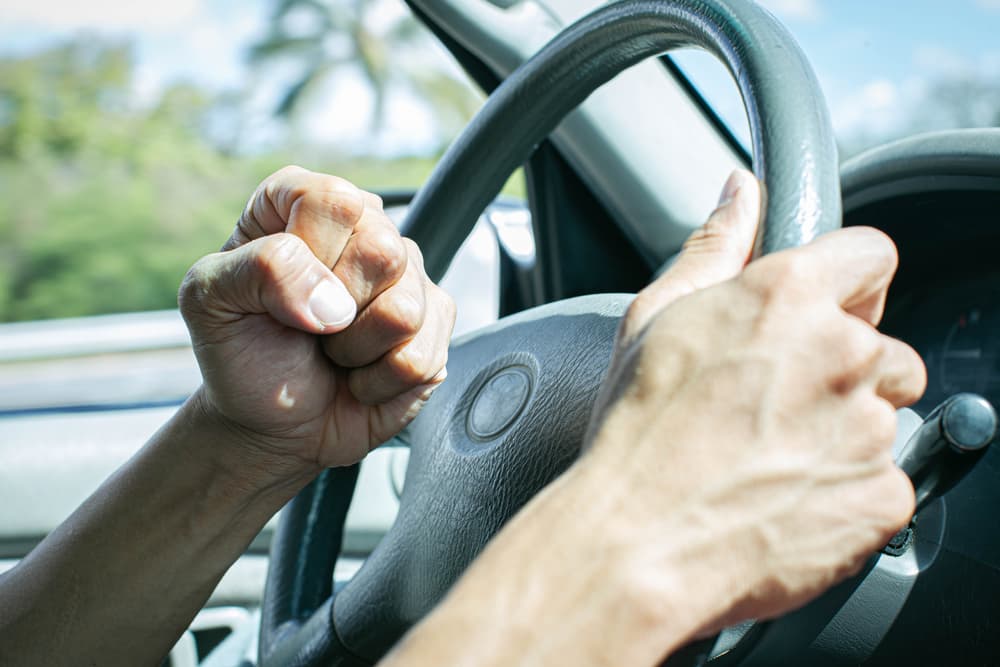
These dangerous actions create unpredictable and hazardous situations on the road, significantly increasing the likelihood of pedestrian accidents. Aggressive driving behaviors often stem from:
Road rage
- Road rage is an extreme form of aggressive driving that can escalate quickly and have severe consequences for pedestrians.
- It often involves deliberate and dangerous actions such as excessive speeding, cutting off other drivers, or even attempting to intimidate or harm others on the road.
- A driver experiencing road rage may be so focused on their anger that they fail to notice pedestrians or deliberately disregard pedestrian right-of-way.
- In extreme cases, road rage incidents can spill onto sidewalks or pedestrian areas, putting bystanders at risk of being caught in the conflict.
Time pressure or being in a hurry
- Drivers who feel rushed or under time pressure are more likely to engage in risky behaviors to save time.
- This can include speeding through residential areas, rolling through stop signs, or making abrupt turns without checking for pedestrians.
- The stress of being late can narrow a driver’s focus, causing them to overlook important details in their environment, including the presence of pedestrians.
- Hurried drivers may be more likely to attempt to beat traffic signals, increasing the risk of colliding with pedestrians with the right-of-way to cross.
Disregard for traffic laws and the safety of others
- Some drivers consistently ignore traffic laws, viewing them as inconveniences rather than safety measures.
- This attitude can lead to behaviors like speeding in school zones, failing to yield to pedestrians at crosswalks, or ignoring pedestrian crossing signals.
- Drivers who disregard traffic laws may also be more likely to drive while distracted or impaired, further increasing the risk to pedestrians.
- This disregard often stems from a false sense of driving skill or a belief that “it won’t happen to me,” leading to overconfidence and increased risk-taking.
10. Vehicle Design
The design of vehicles can impact pedestrian safety in several ways:
- Large vehicles like SUVs and trucks have higher front ends, which can cause more severe injuries in pedestrian collisions
- Vehicle blind spots, particularly in larger vehicles, can make it difficult for drivers to see pedestrians
- The increasing prevalence of quiet electric and hybrid vehicles may make it harder for pedestrians to hear approaching cars
As vehicle technology advances, incorporating pedestrian safety features like automatic emergency braking systems with pedestrian detection can help mitigate some of these risks.
What to Do If You’re Involved in a Pedestrian Accident
If you or a loved one is involved in a pedestrian accident, you need to take the following steps:
- Seek immediate medical attention, even if injuries seem minor
- Call the police to report the accident and obtain an official report
- Gather information from the driver, including contact and insurance details
- Collect contact information from any witnesses
- Document the scene with photos if possible, including your injuries, the vehicle, and the surrounding area
- Keep all medical records and bills related to your injuries
- Contact an experienced personal injury attorney to discuss your rights and potential compensation
Schedule Your Free Consultation With a Pedestrian Accident Lawyer Today
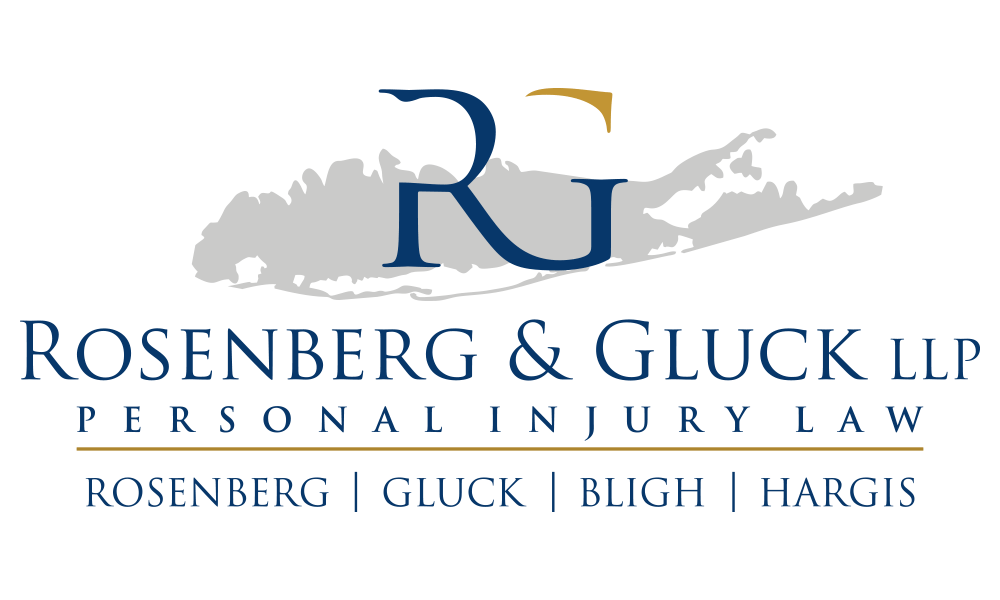
Pedestrian accidents remain a significant public safety concern, with devastating consequences for victims and their families. If you or a loved one has been injured in a pedestrian accident, don’t hesitate to get legal help from pedestrian accident attorney.
The experienced attorneys at Rosenberg & Gluck LLP are here to help you understand your rights and pursue the compensation you deserve. Contact us today so we can get you on the road to recovery.
